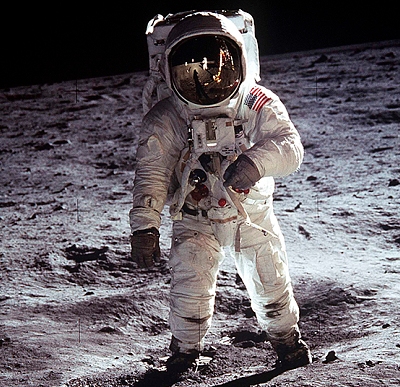
During my visit to British Columbia last May as a student of the Canisius Ambassadors for Conservation program, a recurring topic of discussion was the substantial influence that the consumption of salmon by black bears and brown bears has on terrestrial ecosystems. Bears consume salmon selectively to optimize their intake of fat, and the caloric energy remaining in the discarded carcass or spread through ursine feces provides a foundation for the flourishing of biodiversity on streamsides and coastlines. A study by Gene & Quinn (2006) demonstrated that a staggering 70 percent of the nitrogen within trees along streamsides and coasts originates from partially eaten salmon. During our hikes, we were frequently reminded to reflect upon the flow of nitrogen throughout the groves of awe-inspiring temperate rainforest. This inspired a deep appreciation for the enormity of species interactions occurring around me, and an emotional manifestation of biophilia that culminated with our observations of a black bear while on a boat tour off the coast of Vancouver Island. This sight of such an impressive animal against a gorgeous backdrop of green, with the bear-salmon synergy in mind, served as a reminder of the magnitude of beauty that we have the potential and indeed the duty to conserve despite our anthropocentric blunders. For my first article for the Bear Trust International e-newsletter, I knew I had to attempt to instill in readers the same profound feelings that this unforgettable sight compelled in me. It is my sincere hope that my piece, titled, “New Study Illuminates the Bear-Salmon Synergy,” will succeed in this manner. With college in full swing and my internship with Bear Trust occupying the majority of my free writing time, my articles here will be scant. Please subscribe to the quarterly e-newsletter here for more content from this fantastic group, as well as my own writing. It is my goal to apply an anthrozoological lens to bear conservation to improve our interspecies interactions, and to spread the same reverence for bears that I felt so viscerally in British Columbia. The full article is featured here: New Study Illuminates the Bear Salmon Synergy.
I have reproduced an excerpt below that is especially applicable to the theme of this blog…
Read more at https://animalinthemirror.wordpress.comThis finding serves as a reminder that we must not limit the scope of conservancies to the confines of human constructs and current understanding, such as our legislative boundary between land and sea. The famed luminary of sociobiology Edward O. Wilson (2015) described food web interactions as “near-bottomless in complexity,” and stressed the importance of intimately understanding all facets of an ecosystem before proper conservation can occur. A holistic approach to ecology also supports the call for management of the quota of harvested salmon to consider the critical relationship between these fish and other prominent predators such as orcas and eagles (Raincoast Conservation Foundation 2011). If we are to base our appreciation of wildlife on a standard of profit to our species, bears certainly benefit both the forests that we obtain wood from or seek mental refuge in, as well as the seafood on our plates. However, with an understanding of the delicate yet instrumental bear-salmon synergy, it is hard to not feel a strong sense of reverence for these charismatic animals beyond their conceived worth. On a personal note, perhaps my most profound feeling of biophilia was felt while observing a muscular black bear amble along a shoreline on Vancouver Island against a backdrop of lush temperate rainforest, habitat substantially fostered by the feeding of such influential mammals. If more observers of this breathtaking sight learn to see the forest through the trees, which in this case are invigorated by nitrogen from decomposed salmon, then a drive for conserving British Columbia’s pivotal carnivores may spread like wildfire.





 Thought-provoking painting by
Thought-provoking painting by 